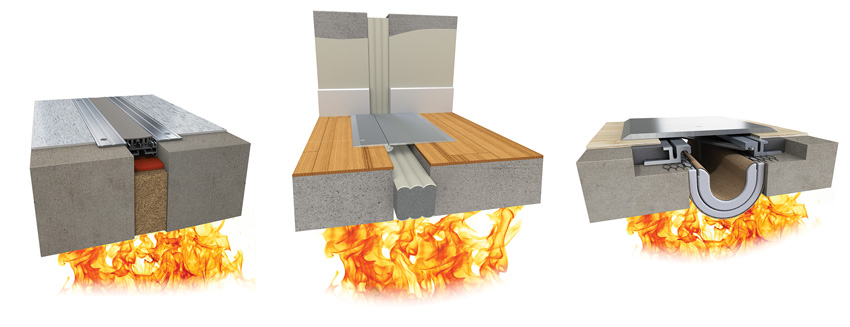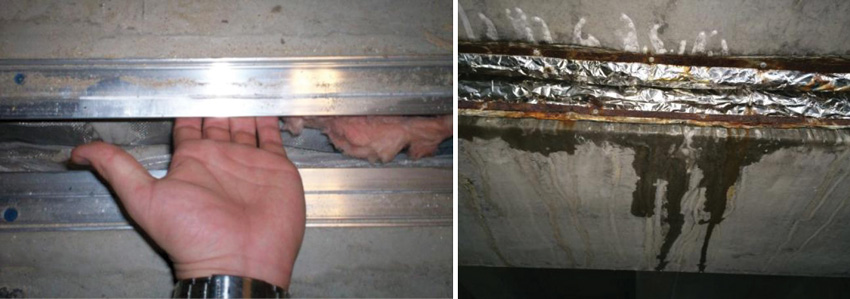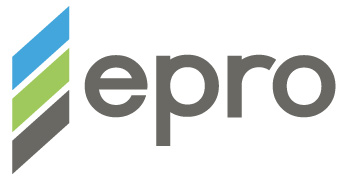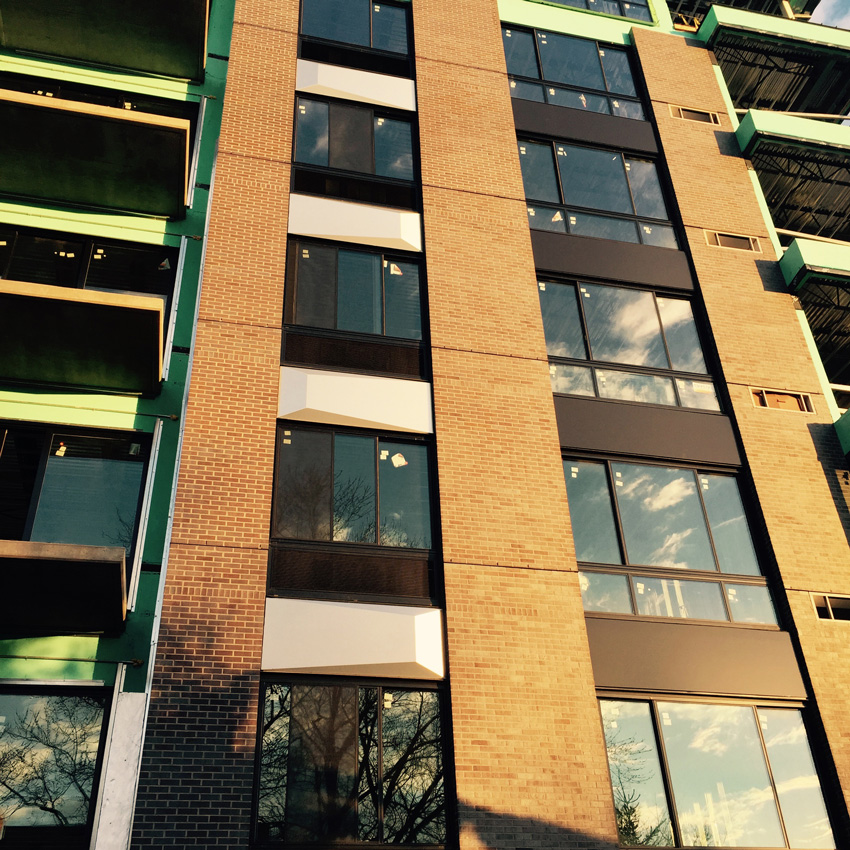Providing Thermal, Moisture, and Fire Barriers In Harsh Conditions
Keeping the Fire Barriers Uninterrupted
Fire separations are required in buildings for good reasons—there are too many tragic examples of preventable death and injury from fire and smoke in buildings. While a common reaction is to require fire sprinklers as an “active” means of fire safety, architects are well aware of the “passive” approach of using compartmentalized spaces that are enclosed on all horizontal and vertical sides with fire-rated construction. As in all barrier systems, the main body of the barrier is fairly well understood—in this case, noncombustible construction using protected steel, concrete, or gypsum board. The issue becomes addressing the seams or joints in this construction. In particular, large buildings require expansion joints that are often located in fire-rated construction that separates occupied spaces from each other, from vertical shaft ways, or from adjacent tenancies. The apparent paradox of providing an intentional break in the structure to allow for normal expansion and contraction while still maintaining a fire rating is addressed by providing an expansion joint fire barrier.
There are three common types of fire barrier expansion joint systems, and the suitability of each will depend on the size of the joint or gap as well as the conditions that the joints are subjected to.
- Compression systems are typically for 4-inch and smaller expansion gap widths. These products are commonly comprised of mineral wool strips held in place through compression. These are topped with fire caulk sealant to secure the barrier in place and protect from water infiltration. Fire lab testing of compression systems is typically done for both concrete and drywall conditions.
- Fire-rated foams are suitable for 6-inch and smaller gaps and conditions where abuse is not likely. These systems are comprised of open-cell polyurethane foam impregnated with a fire-retardant material. These foams can be faced with colored silicone to match a desired décor or design aesthetic. Foams can also provide acoustic and insulation properties. Fire-rated foams are usually lab tested in concrete and cement-board wall conditions (not drywall).
- Fire blankets are the most versatile systems, suitable for expansion joint gaps of 2 to 32 inches and able to withstand high rates of movement. Fire blanket systems come in two forms—either ceramic cloths with intumescent layering or graphite sheet goods encasing insulating blankets. In seismic conditions, they allow for approximately 50 percent of joint compression and expansion movement. Some models are able to retain their rating throughout lateral shear movement testing, while others cannot. Fire blankets are tested in concrete, but alternate substrate conditions may also be acceptable.

Images courtesy of Inpro
The three common types of fire barrier expansion joints are: compression systems with mineral wool (left), fire-rated foams (center), and fire blankets (right).
In all cases, the continuous, uninterrupted installation of the fire barrier is critical for life safety. This is especially true when using fire blankets since they need to be fully and carefully connected to the adjacent concrete surfaces and form a continuous barrier where vertical and horizontal conditions meet. At least one manufacturer has addressed this concern through the use of a modular system that allows separate sections to nest together creating tight, continuous protection. Further, the edges of the blanket are pre-attached to metal flanges, assuring that the proper seal is obtained instead of relying on field installation to create an uncertain seal. These pre-attached flanges drastically reduce labor costs and ensure a uniform installation for a more reliably continuous seal.
Fire blankets can be specified either to withstand water or not. Those that cannot withstand water exposure and become wet are often rendered useless against smoke, fire, and heat, and even after re-drying carry diminished fire resistance. Products that are rated and tested for water exposure during or after construction or for open structures, such as parking facilities and stadiums, provide fire protection even if they become wet. It is important then to select and specify the appropriate material for the water conditions anticipated in the building.

Photos courtesy of Inpro
Fire barrier expansion joints that have gaps between flanges and the blanket do not provide continuous fire protection. Further, blankets that are wet and not rated to resist water lose their fire rating.
Conclusion
Barriers of multiple types are needed in buildings to protect not only the building but the people inside. In all cases, the continuity and integrity of those barriers are critical to their performance. This is compounded by the fact that different conditions ranging from moderate to harsh will impact the ability of the barriers to perform as intended. Architects and designers who understand the range of options and the suitability of those options to different conditions can design and specify buildings that are safe, durable, and sustainable over the long run.
Peter J. Arsenault, FAIA, NCARB, LEED AP, is a practicing architect, sustainable building consultant, continuing education presenter, and prolific author engaged nationwide in advancing better building performance through design. www.linkedin.com/in/pjaarch

|

|

|

|
Notice

www.cladiators.com

www.eproinc.com


www.tremcosealants.com/products/proglaze-eta.aspx











